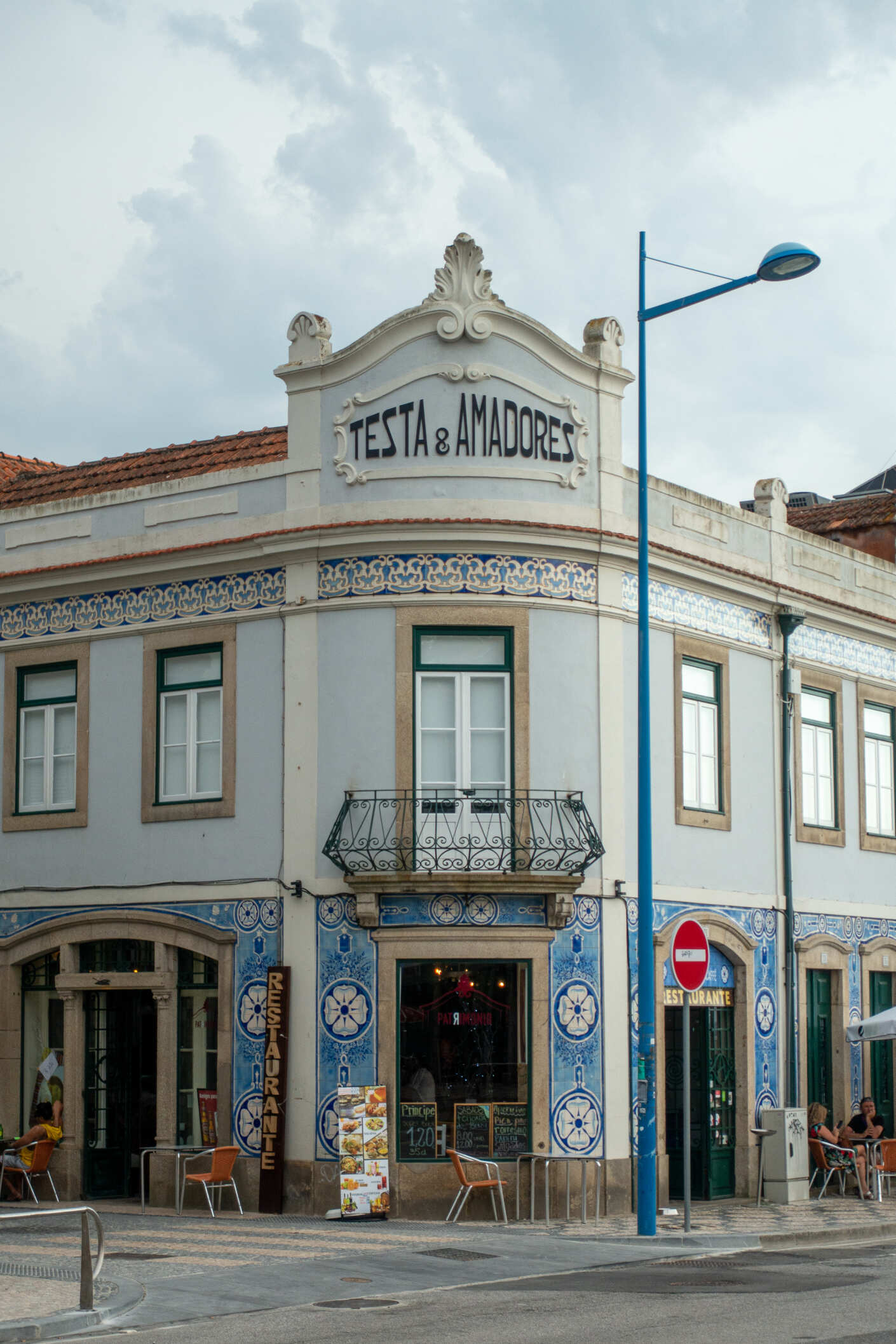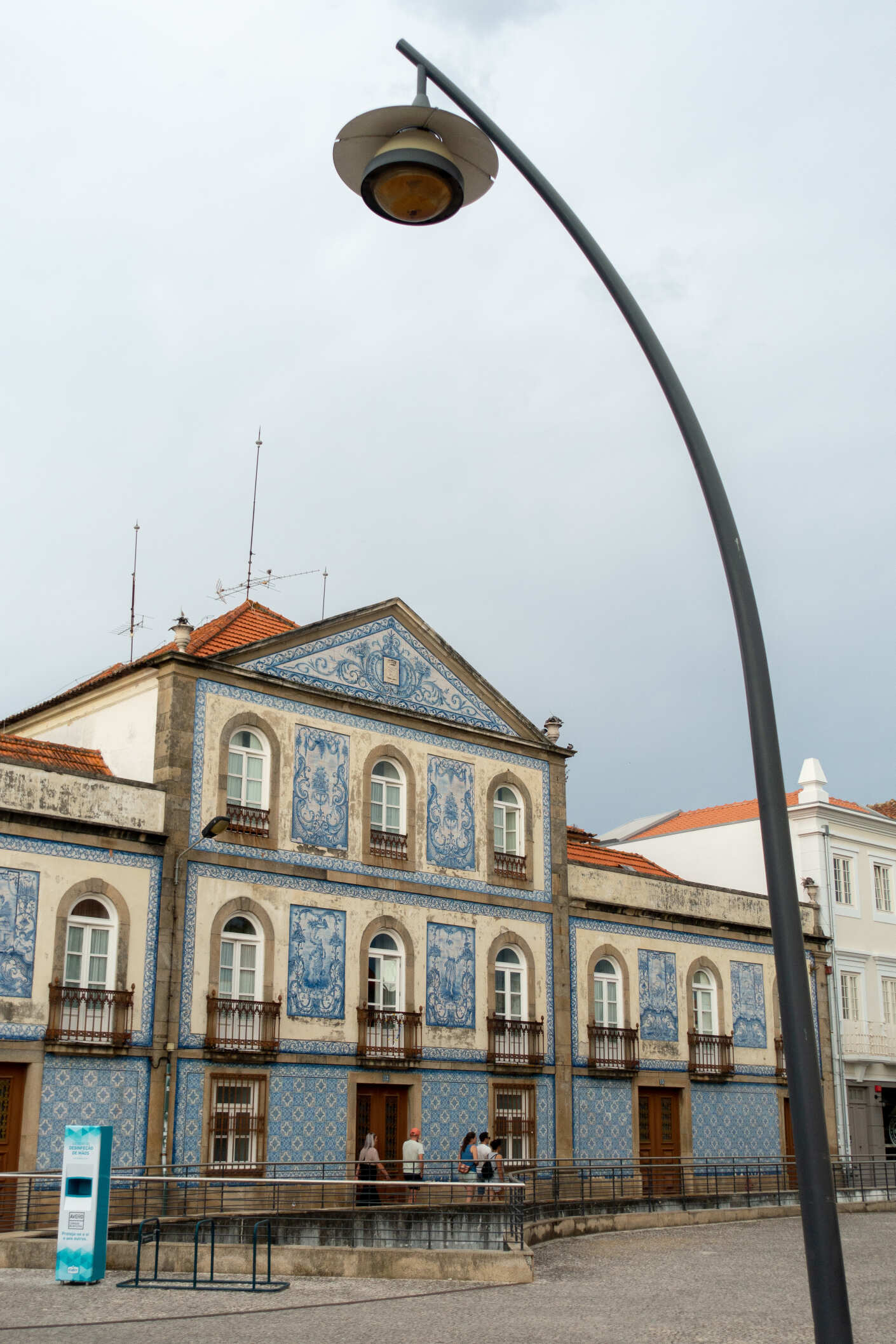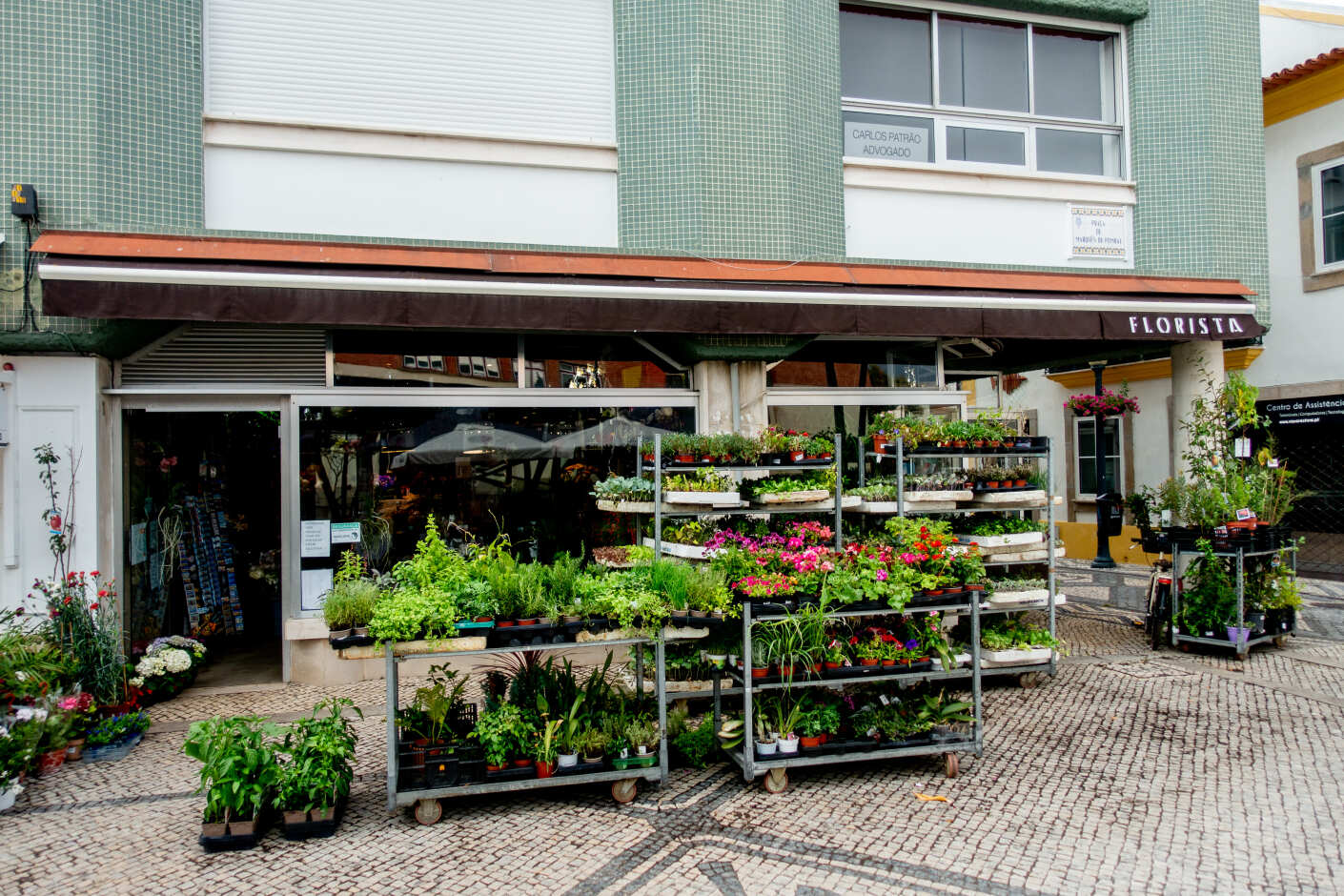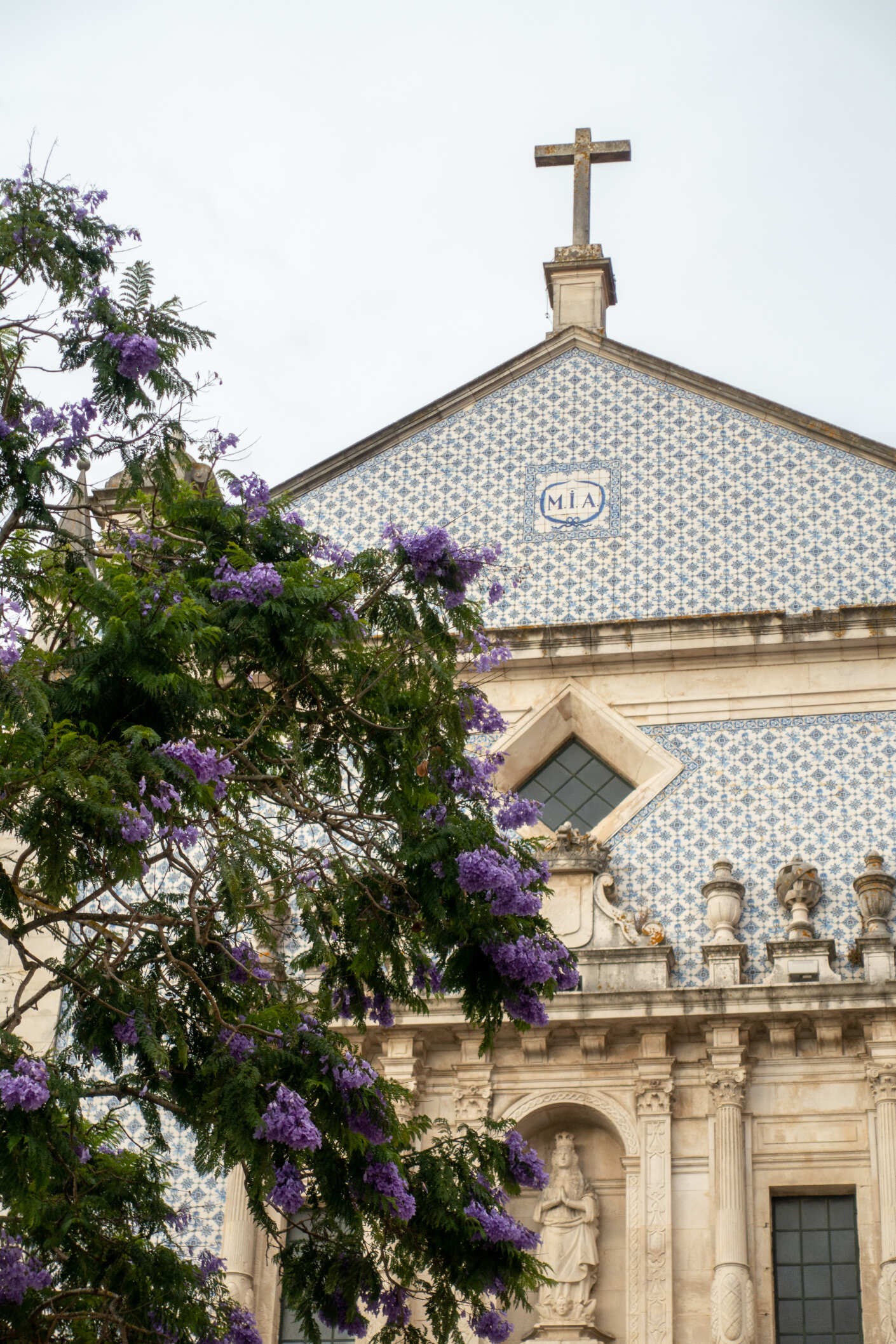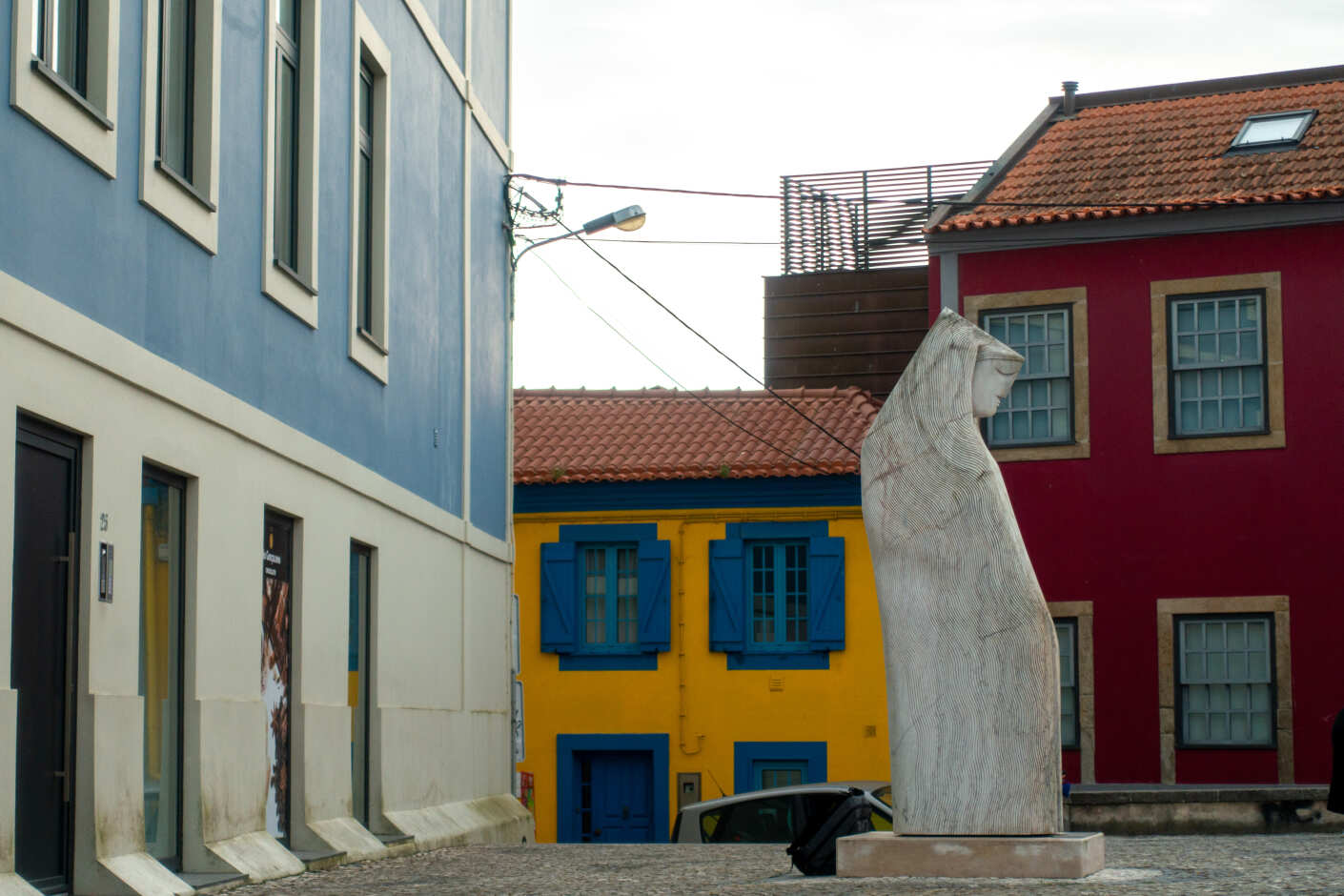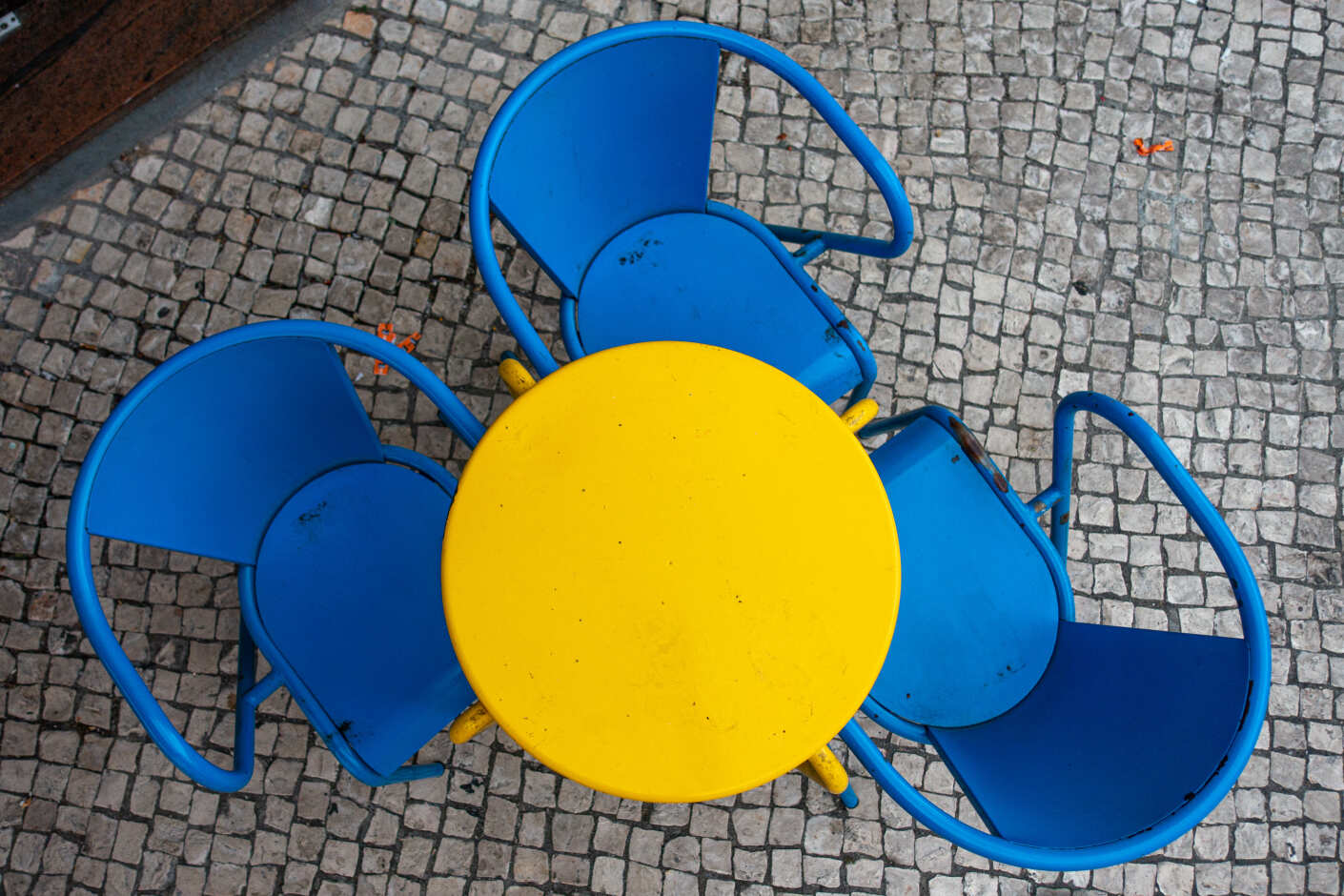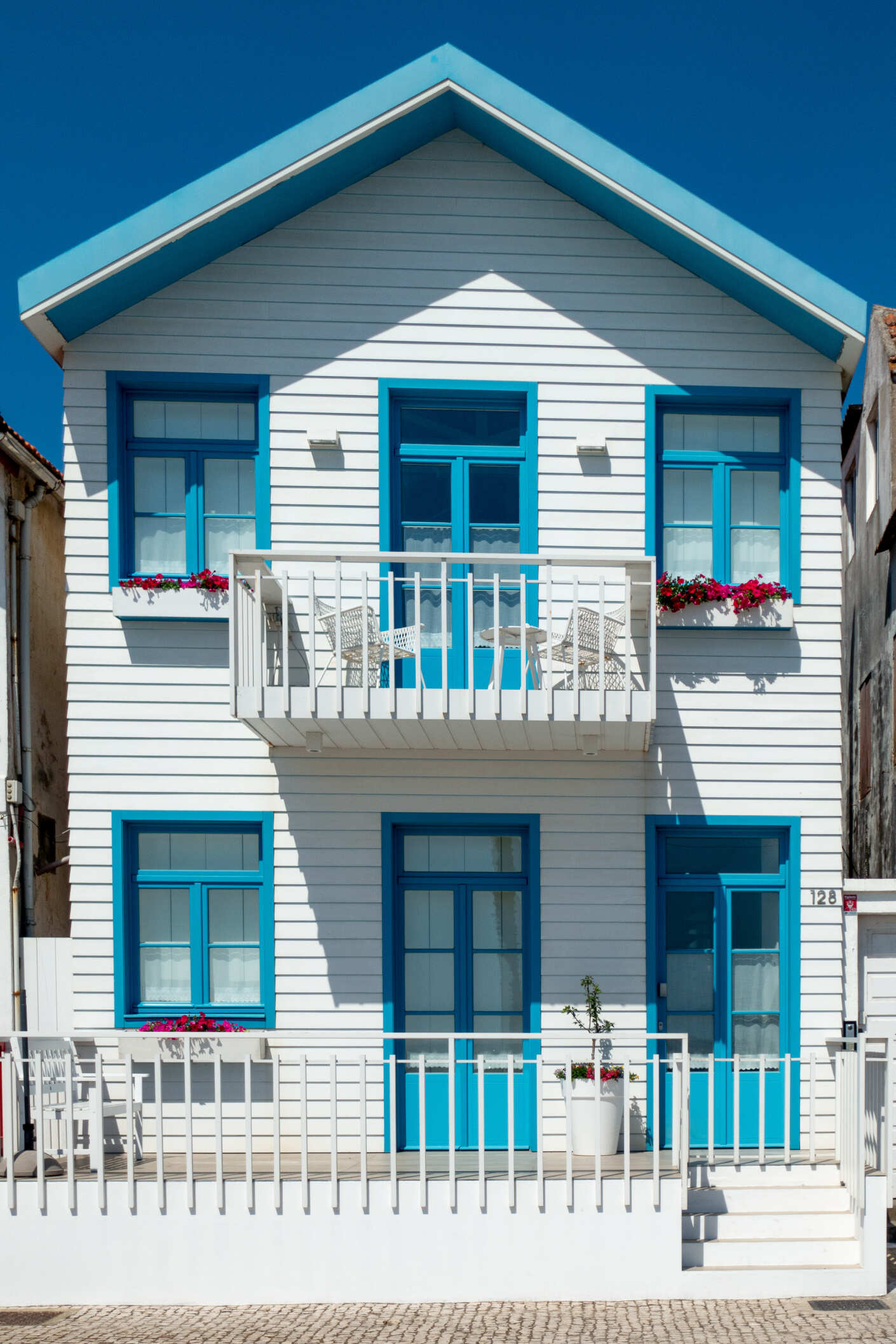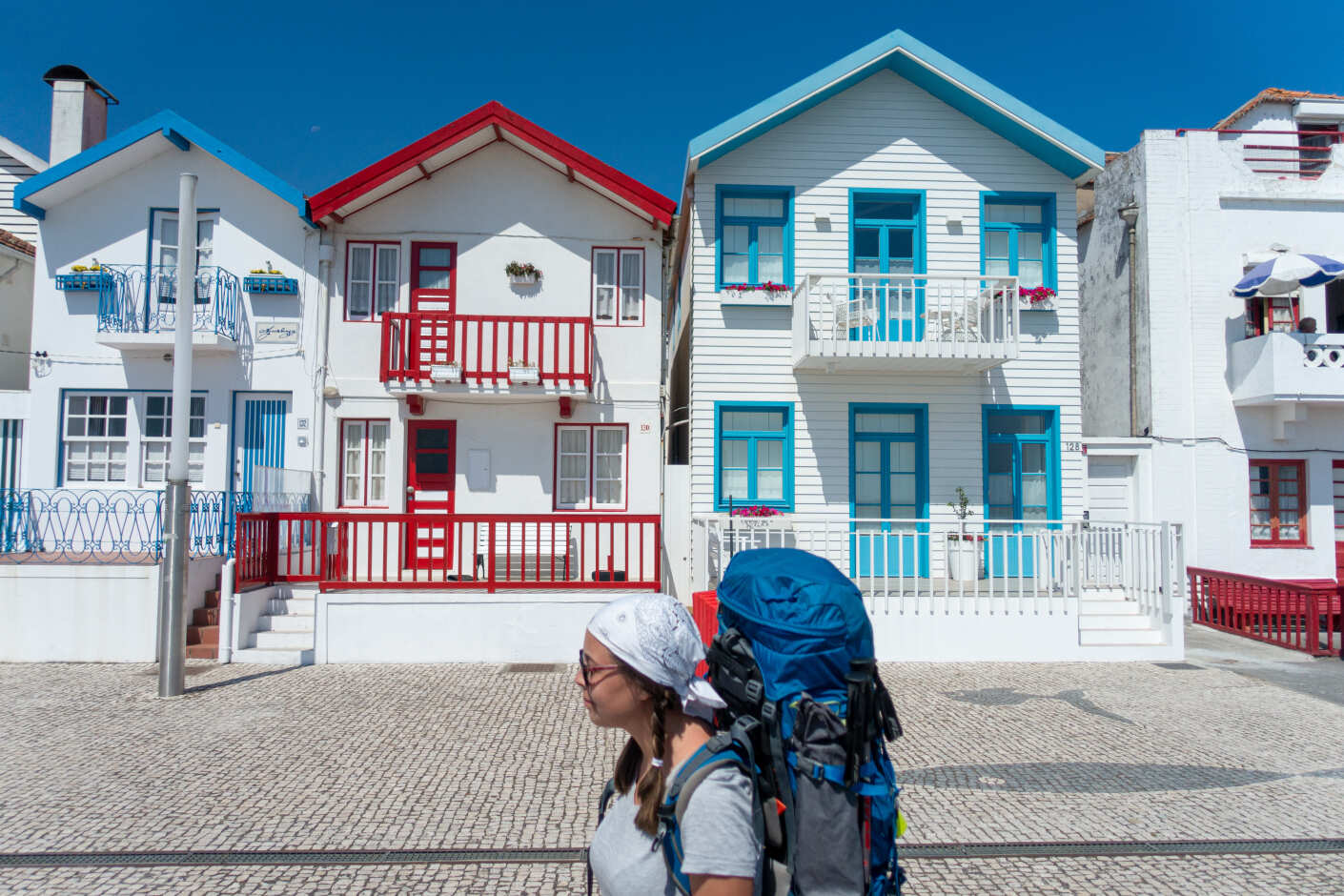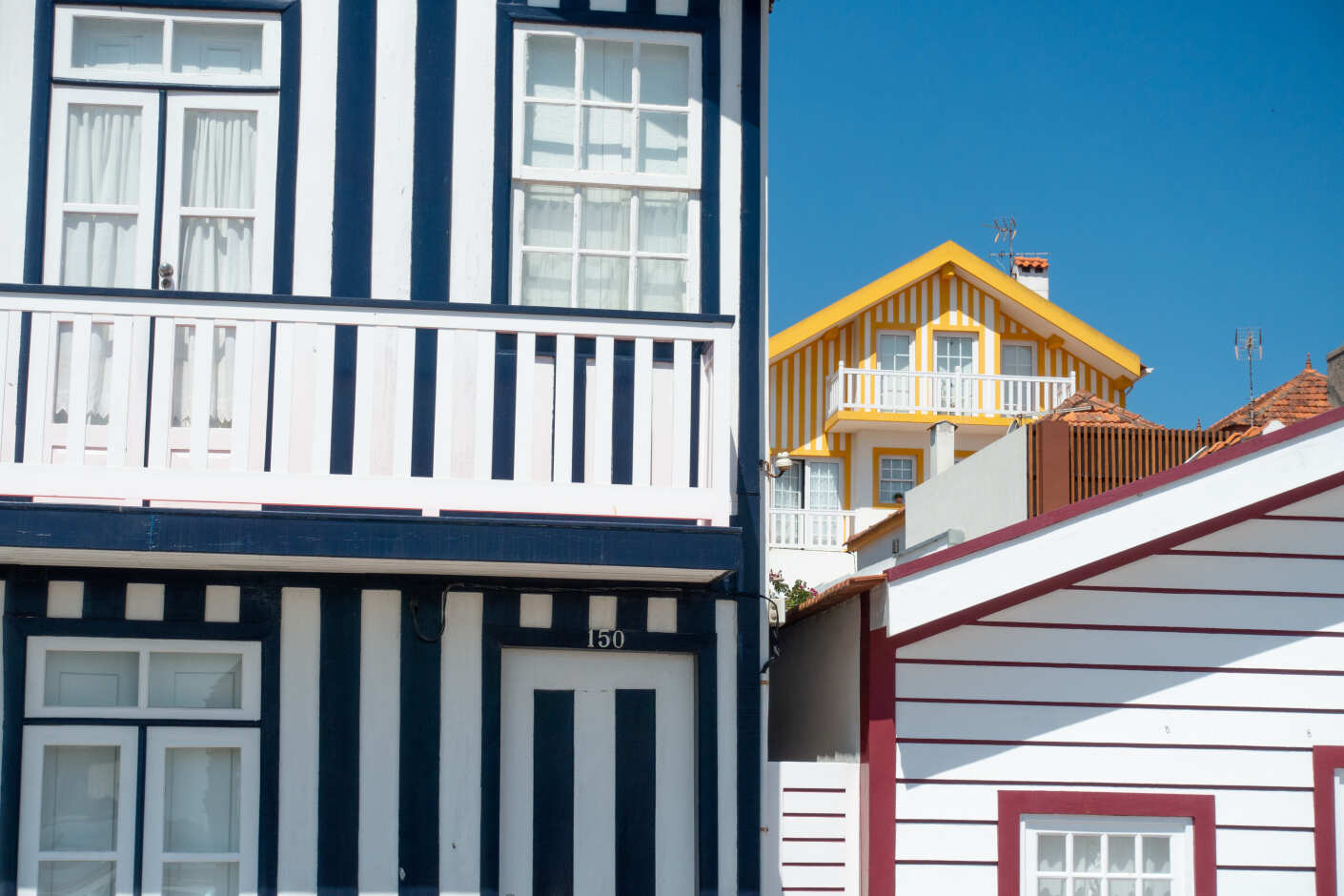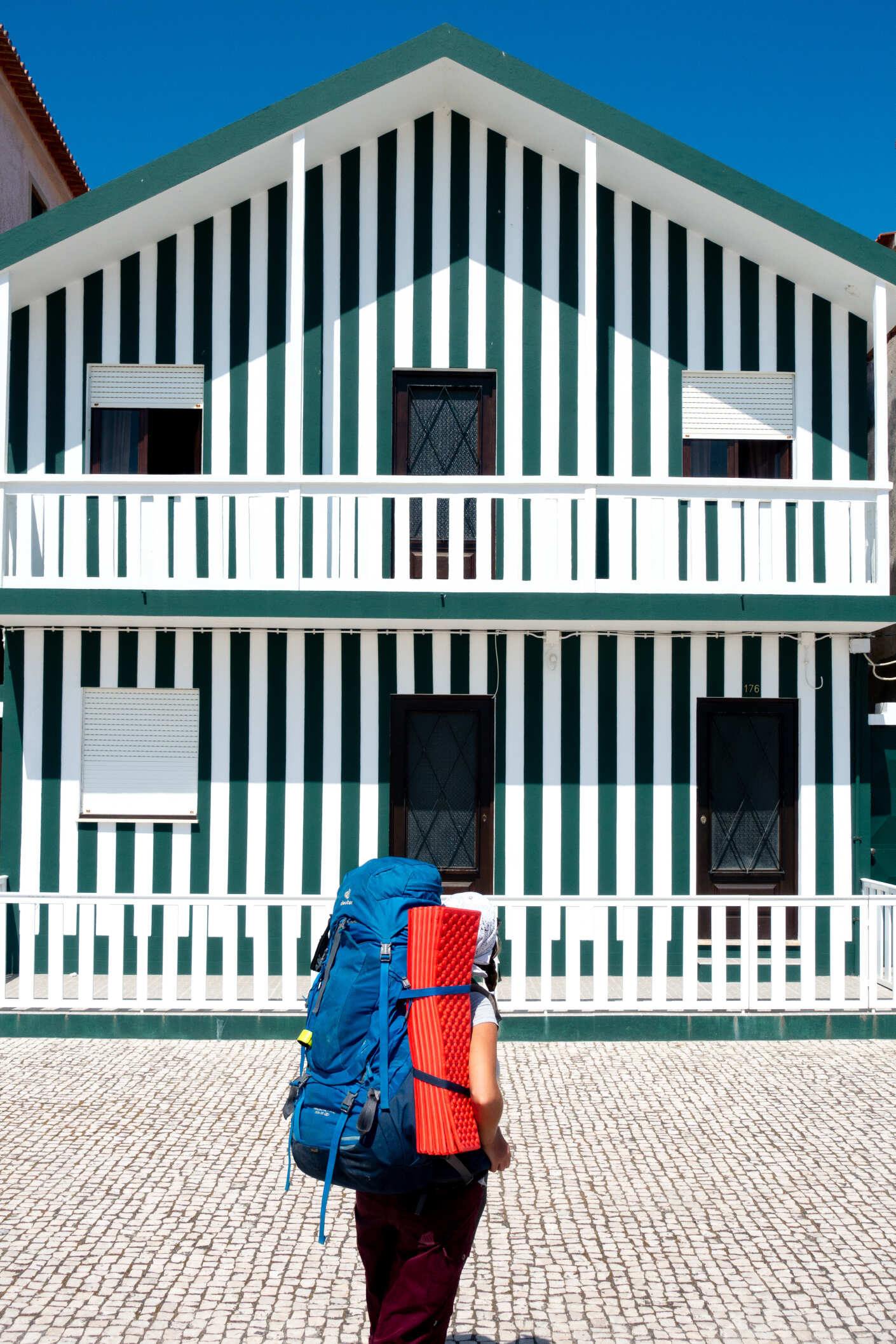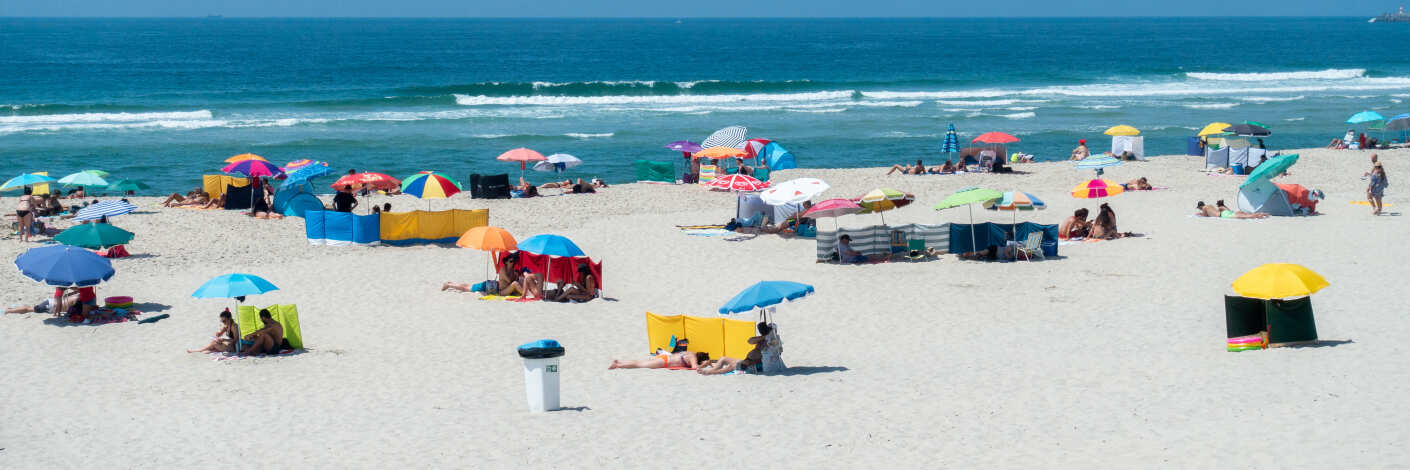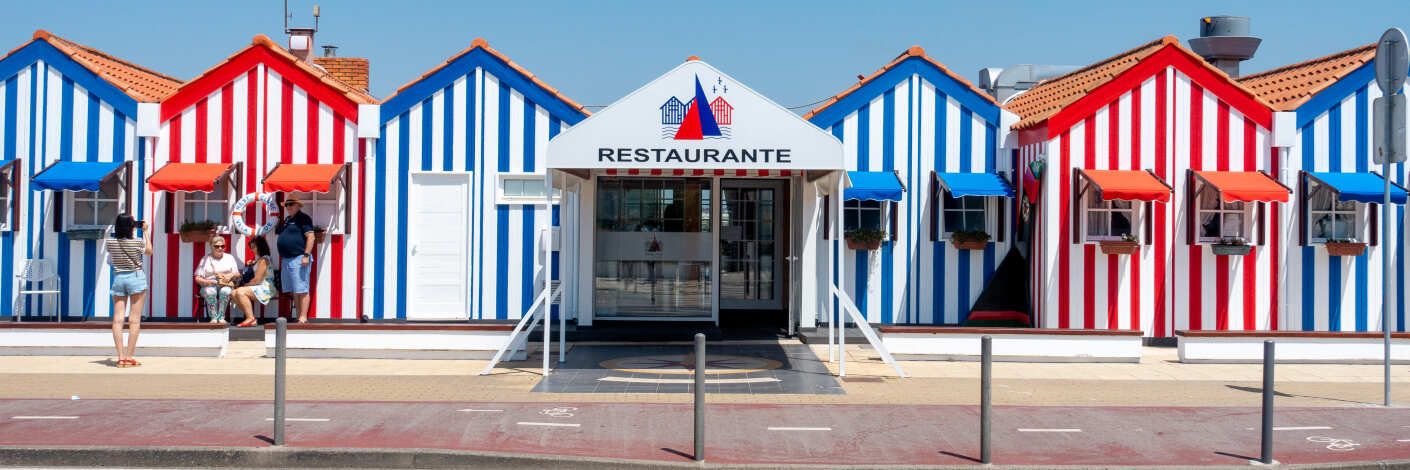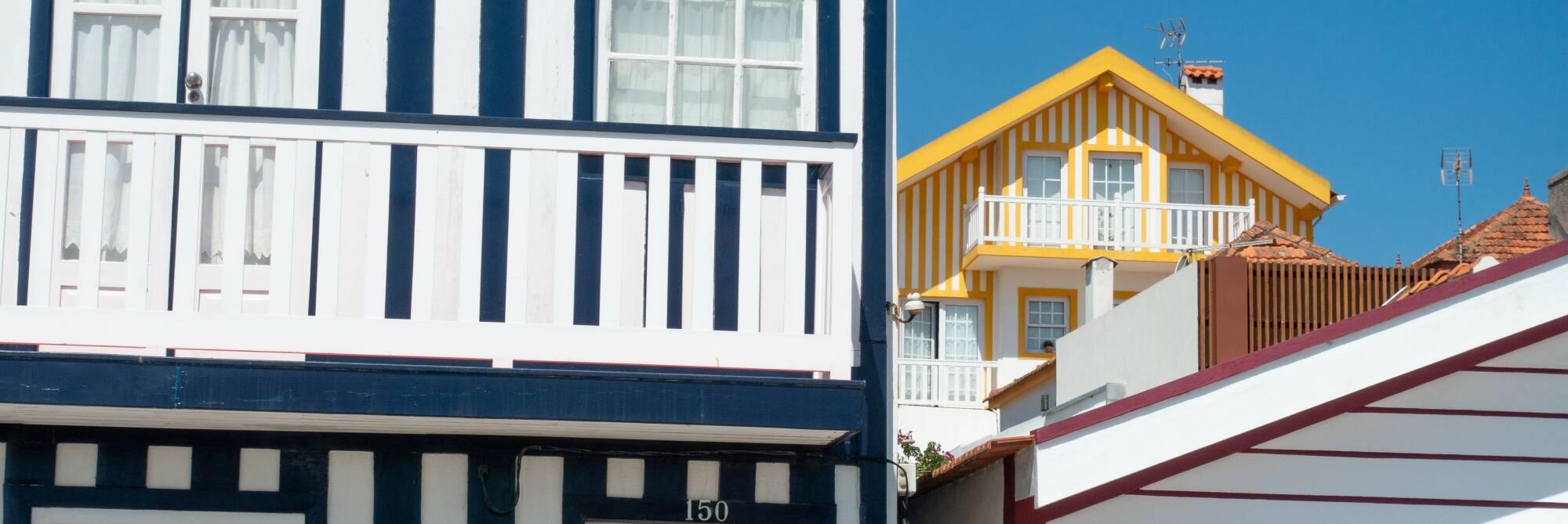Despite my interest in geography, until recently I couldn’t name any other Portuguese city than Lisbon and Porto. However, after researching a bit, I came across Aveiro. It’s not a very big city (less than 100,000 inhabitants), but there’s definitely a lot to see there.
What to see in Aveiro
During our visit, we didn’t see everything, so it is not a complete overview of the city’s attractions. However, it should be enough for half a day of sightseeing.
Channels and moliceiros
Is anyone else impressed by places dubbed the “Paris of the North” or the “Polish Versailles”? In any case, it should be mentioned that Aveiro boasts the catchy nickname of “Portuguese Venice”. It gained it thanks to the impressive network of canals with ONE main stream and its TWO branches. Nevertheless, without irony, it creates a specific atmosphere, especially since you can see boats (moliceiros) painted in traditional patterns on every step. They used to be used to float the Aveiro treasure, i.e. sea salt, and today they take tourists on scenic cruises.
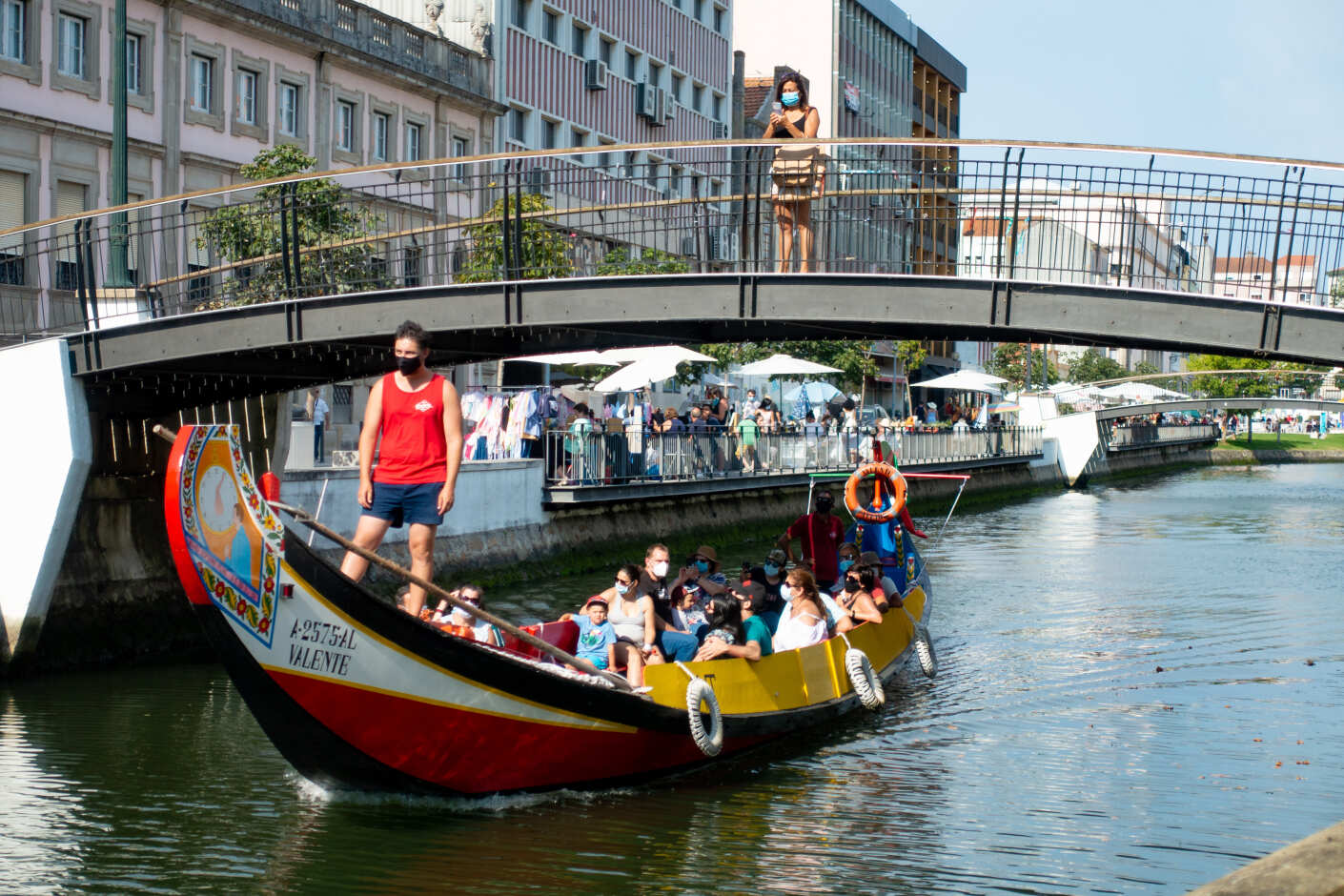
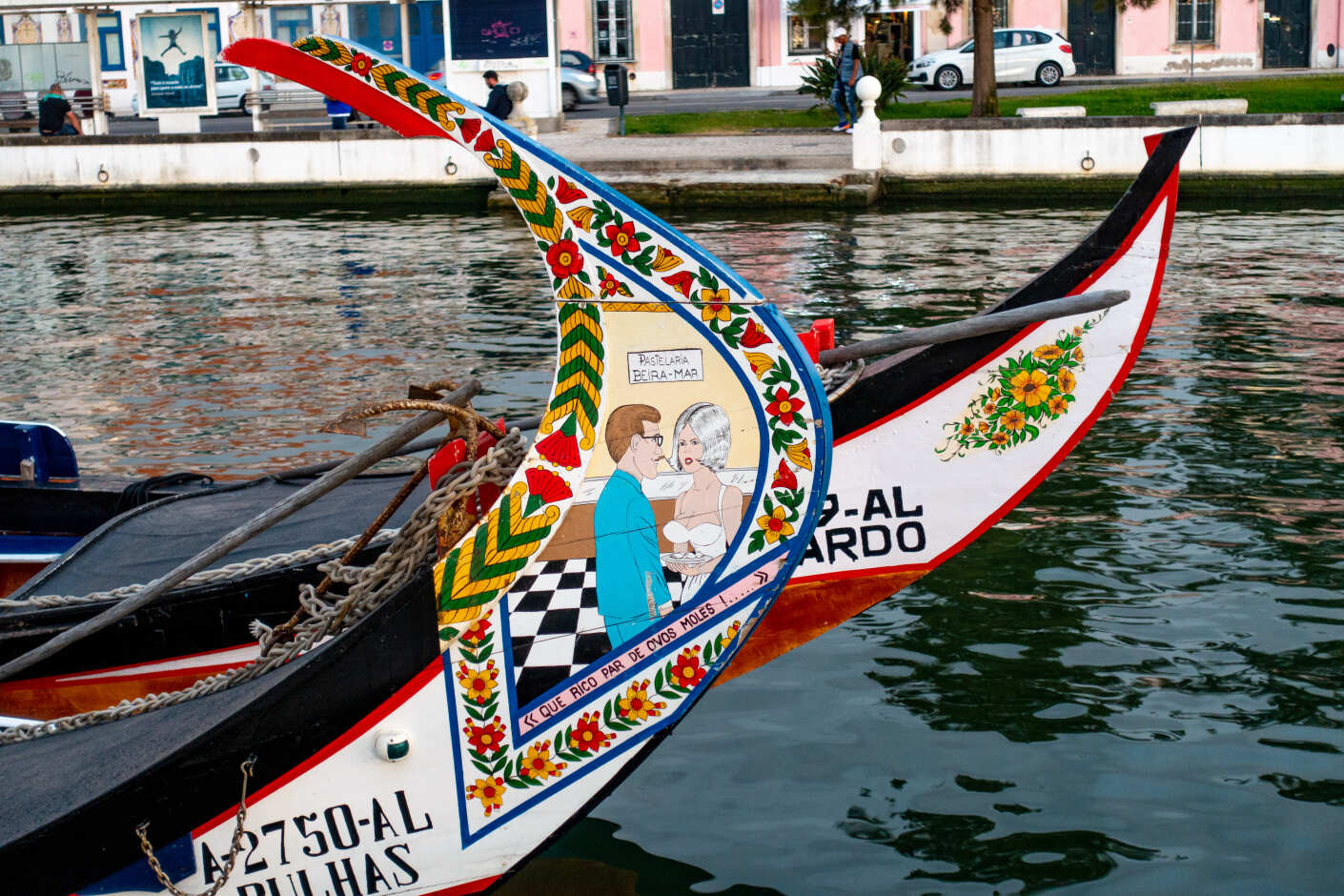
Churches
In addition to the buildings along the main canal, the churches of Aveiro are very noteworthy. The most characteristic of them are the Baroque cathedral, Igreja da Misericórdia (Church of Mercy) with a beautiful blue facade, and the St. John the Evangelist church. The latter is famous for its magnificent interior, which, unfortunately, we were not able to see due to the sanitary regime.
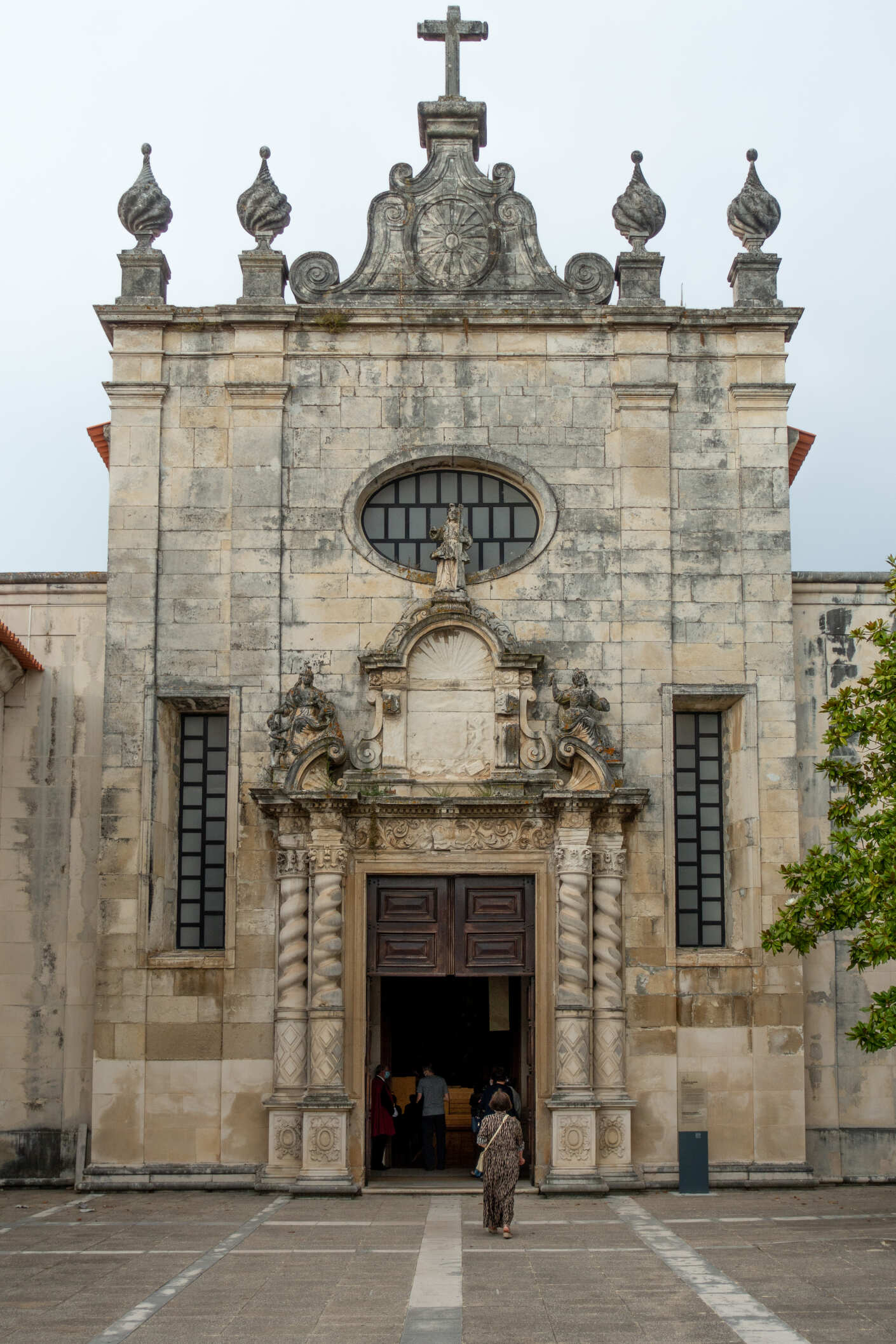
Art Nouveau flavors
The Art Nouveau style was once quite fashionable in Portugal, but it started in Aveiro and today we can find here the greatest concentration of traces of this trend. You can see them, for example, on the facades of many tenement houses, full of arches, columns and fanciful ornaments. The Portuguese version of Art Nouveau is distinguished by the widespread use of the famous azulejos, i.e. thin, usually blue and white tiles, arranged in small and large mosaics.
Salt pans
Visiting Aveiro would not be complete without a glance at the salt pans there. They are shallow pools from which salt is obtained by evaporating seawater. The ancient Romans (maybe not everyone remembers from history, but yes, they also conquered the Iberian Peninsula) created a salt production center in this place, which gave rise to today’s city. By the way, salt was actually “white gold” in the Middle Ages. At that time, you couldn’t just buy a kilo of salt for 50 cents in a supermarket.
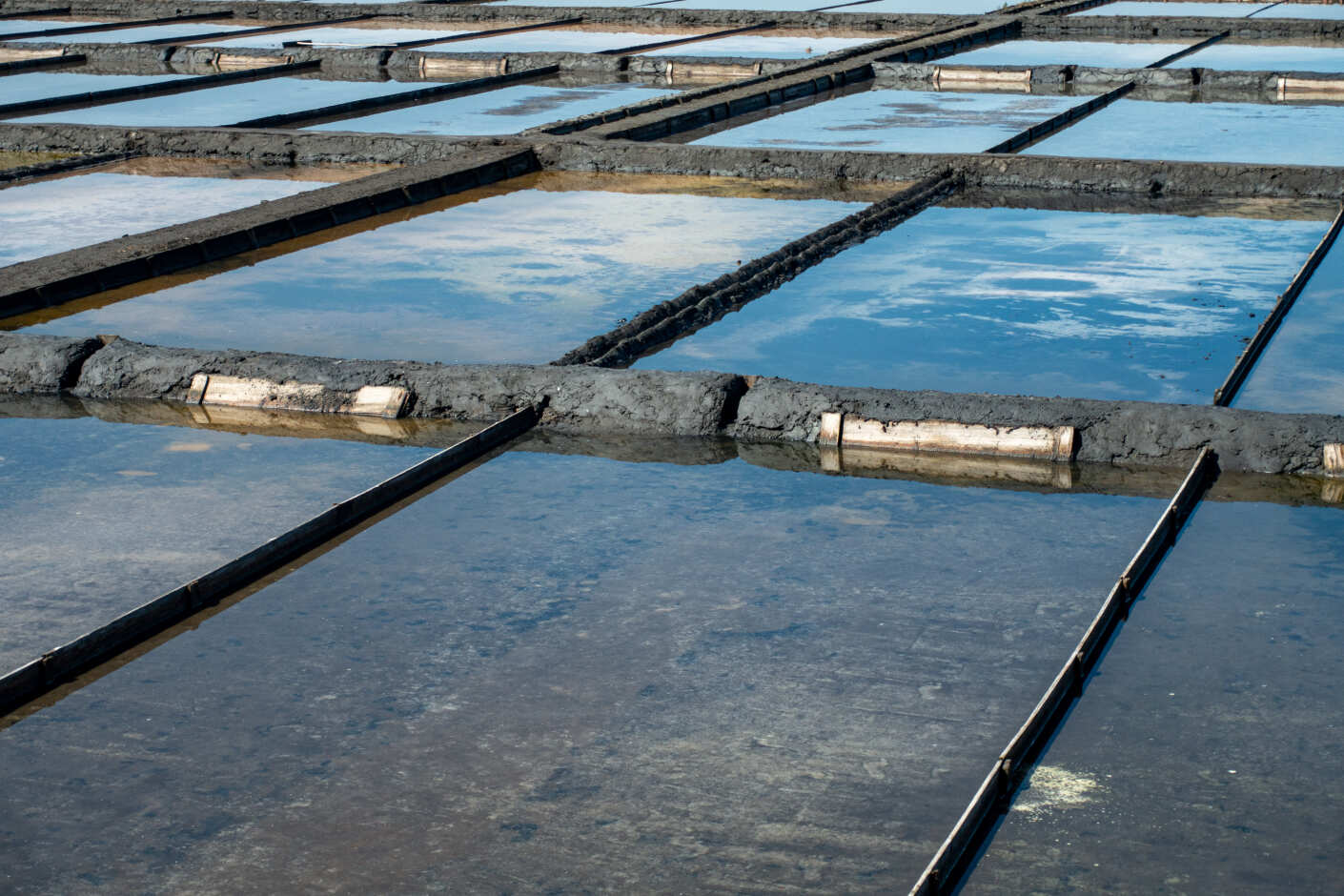
Our impressions of Aveiro
We probably wouldn’t come here for a week’s vacation, but it is definitely worth staying here for a day or at least a few hours on the way from Lisbon to Porto or vice versa. The city definitely has a lot of charm and is perfect for a quiet walk along the trail of decent architecture. The colorful moliceiros floating on the canal may not be a phenomenon comparable to the Venetian gondolas, but at least they make Aveiro stand out from the rest of Portugal.
Costa Nova - chilling out among striped houses
For this village, resort, or whatever you want to call it, there is probably no better term than instagramable. Costa Nova, located just outside Aveiro, has won the hearts of tourists with its simple yet memorable architecture. In practice, it’s all about stripes. As far as we know, it is not related to any ancient tradition, but it’s a great example of how to make something special out of a random fishing village. Obviously, not everyone likes artificially created attractions. Although we often avoid such places, we were actually pretty tempted by the photos of rows of striped houses. We certainly don’t regret the visit, because Costa Nova looked even better live. We also liked the very long, sandy beach where we chilled all afternoon to gather strength before continuing our hitchhiking journey through Portugal.
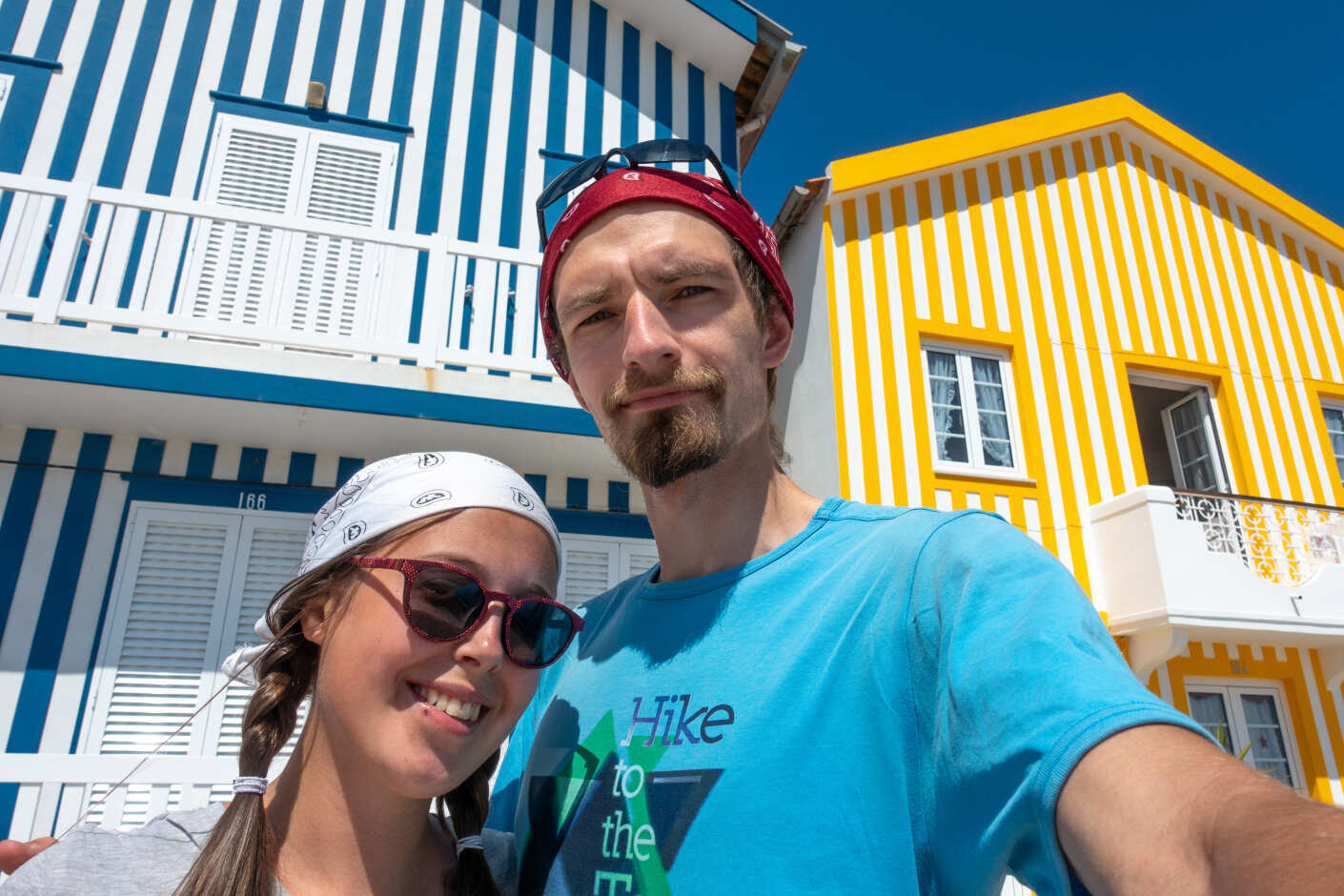
Practical information
- Aveiro is located 70 kilometers south of Porto, near the main north-south highway (E1)
- We drove a short distance from Aveiro to Costa Nova by hitchhiking, but there are also city buses on this section
- The prices in the pubs in Costa Nova are ridiculously high, so if you don’t care about dinner with view of the sea, you’d better eat in Aveiro
- Our stay in Aveiro was spontaneous and short, and some attractions could not be used due to covid restrictions. There are many more interesting places here, such as the Art Nouveau Museum or the Manuel Firmino Market
- The city has its own culinary symbol called ovos moles. These are yolk and sugar desserts. We didn’t hear about it until we got back, so we didn’t have a chance to taste it
View gallery


